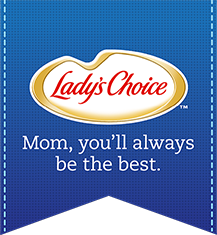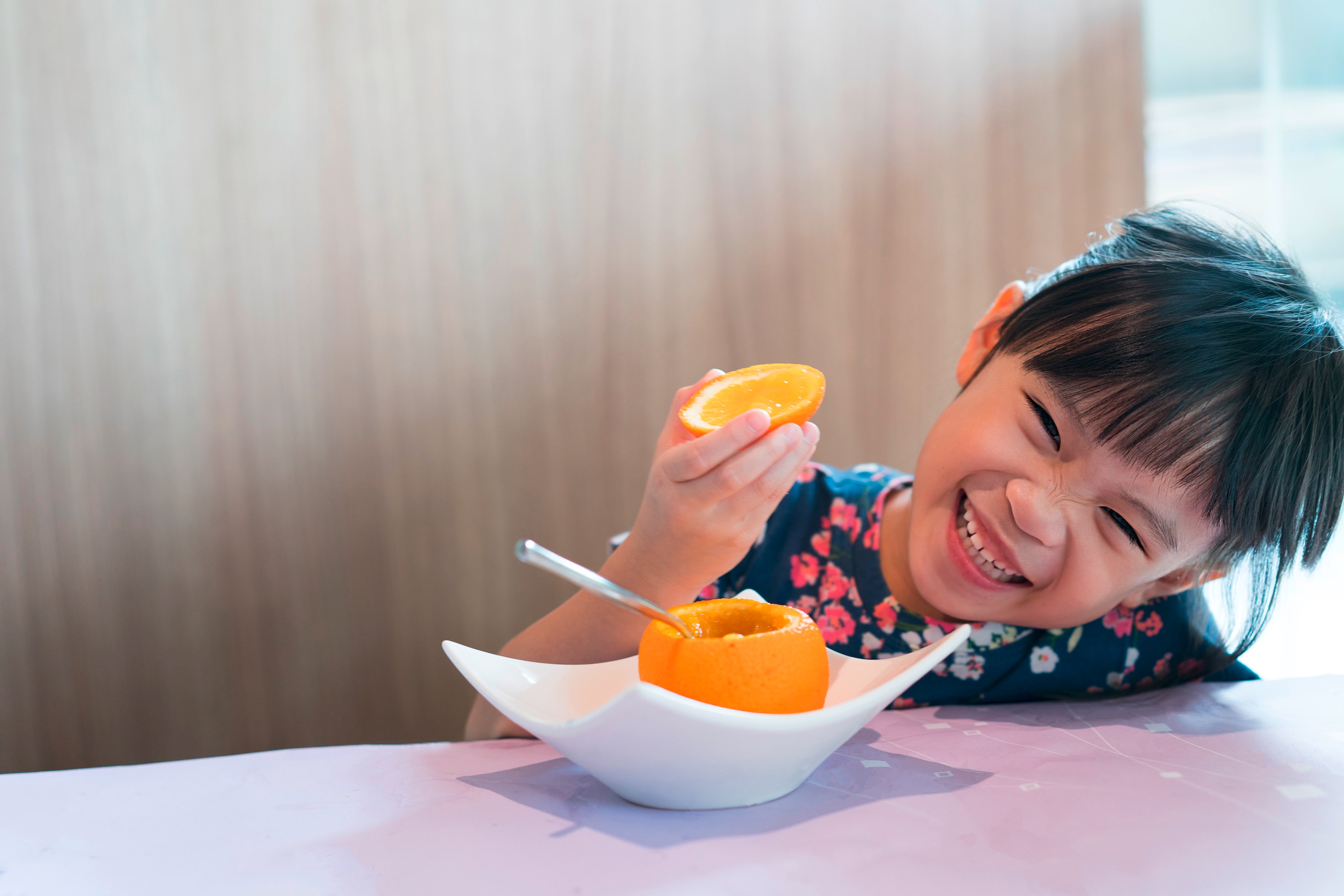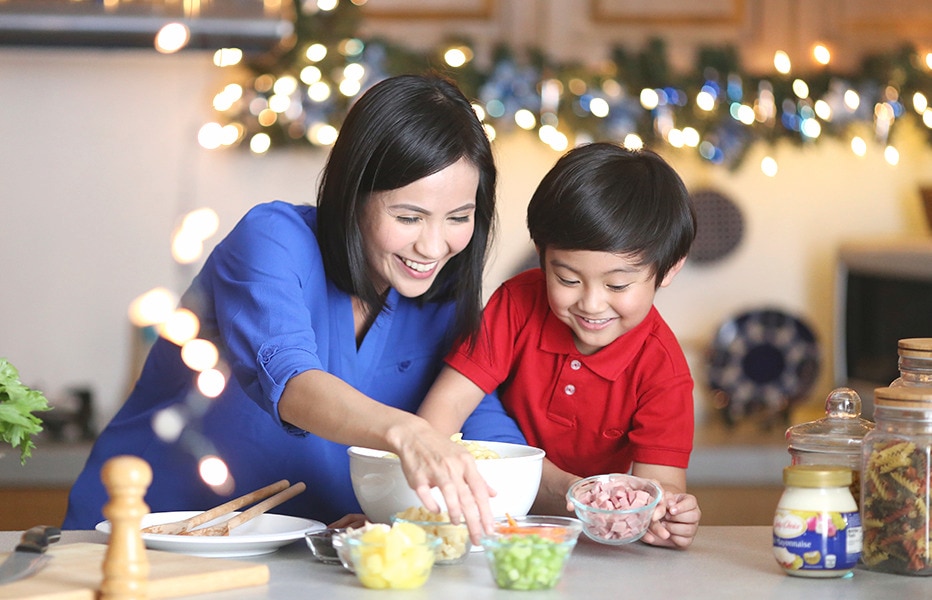The 7 Samgyupsal Sauces You Need For At-Home KBBQ
Share to facebook Opens in new window
Filipino and Korean cuisines have lots in common. The list includes a love of sarsa or “sauce,” especially when grilled meat is on the menu! In both cultures, the best way to enjoy inihaw is with sawsawan. For Pinoys, that usually means a simple soy sauce and vinegar dip that cuts through all the fatty, smoky flavors. For Koreans, it’s all about variety – hence the colorful and flavor-packed array of samgyupsal sauces that accompany every barbecue feast. Get to know them here.
4 Classic Dipping Sauces for Samgyupsal

Love Korean barbecue? Here are the four dipping sauces that complete every meal of grilled meat, rice, and banchan (side dishes).
1. Sesame oil with salt and pepper
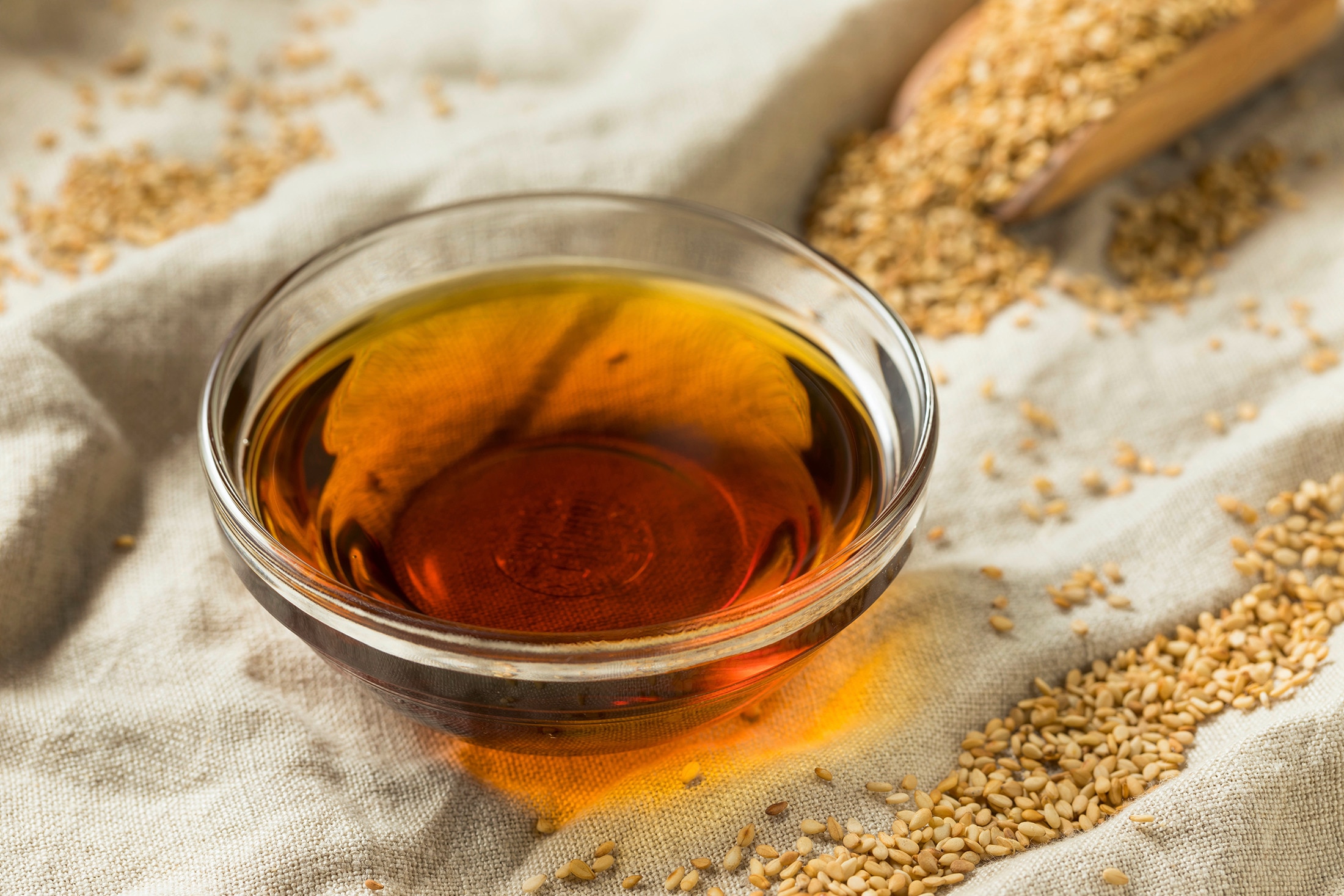
This combo is as classic as it gets. You’ll typically find seasoned sesame oil served alongside samgyupsal gui or “fresh grilled pork belly.” The meat isn’t marinated before grilling and delivers the purest pork taste. The mixture of sesame oil, salt, and pepper enhances the samgyupsal gui’s satisfying smoky flavor without overpowering it. You can pair this with any plain meat dish on a Korean barbecue menu.
2. Ssamjang
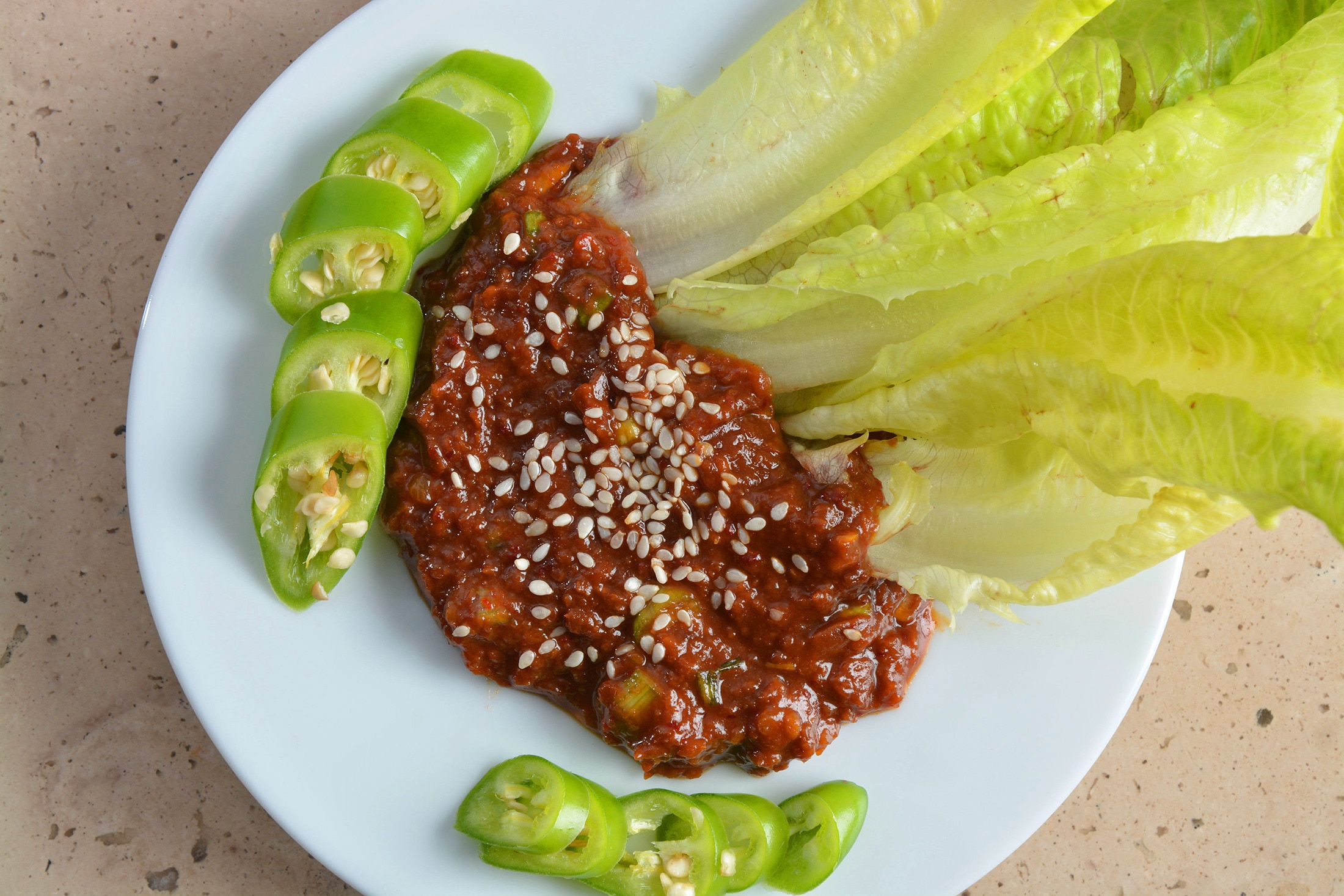
The best way to eat grilled meat is in a bite-sized wrap with various condiments and side dishes. Koreans call this ssam, which translates to “wrapped.” Meanwhile, jang refers to a thick or paste-like sauce. Together, they make ssamjang: a blend of doenjang (fermented soybeans), gochujang (red chili paste), sesame oil, fresh aromatics, and sugar. Simply put, you can’t have ssam without ssamjang if you want an authentic KBBQ spread.
3. Gochujang

Besides being the spicy component in ssamjang, gochujang is an essential sauce on its own, especially if you love meat with extra heat. Gochujang is a fermented chili paste made with bright red gochugaru (chili powder), hence its striking color. It gets its thick, sticky texture and hint of sweetness from the inclusion of glutinous rice. This paste comes in many heat levels – from mild to extremely hot – so there's something for every preference.
4. Ganjang

There are two main types of soy sauce in Korean cuisine: hansik ganjang and gaeryang or jin ganjang. The former is lighter in color and saltier in taste, so it’s ideal for flavoring broths and soups. Similar to Japanese soy sauce, the latter is darker and less salty, with a mild sweetness. These qualities make it ideal as a dipping sauce or a marinade. You need it to make ganjang-gejang or “soy-marinated raw crab” – a Korean delicacy that spotlights the natural flavors of fresh crab.
3 Exciting Korean Samgyupsal Sauces to Make at Home
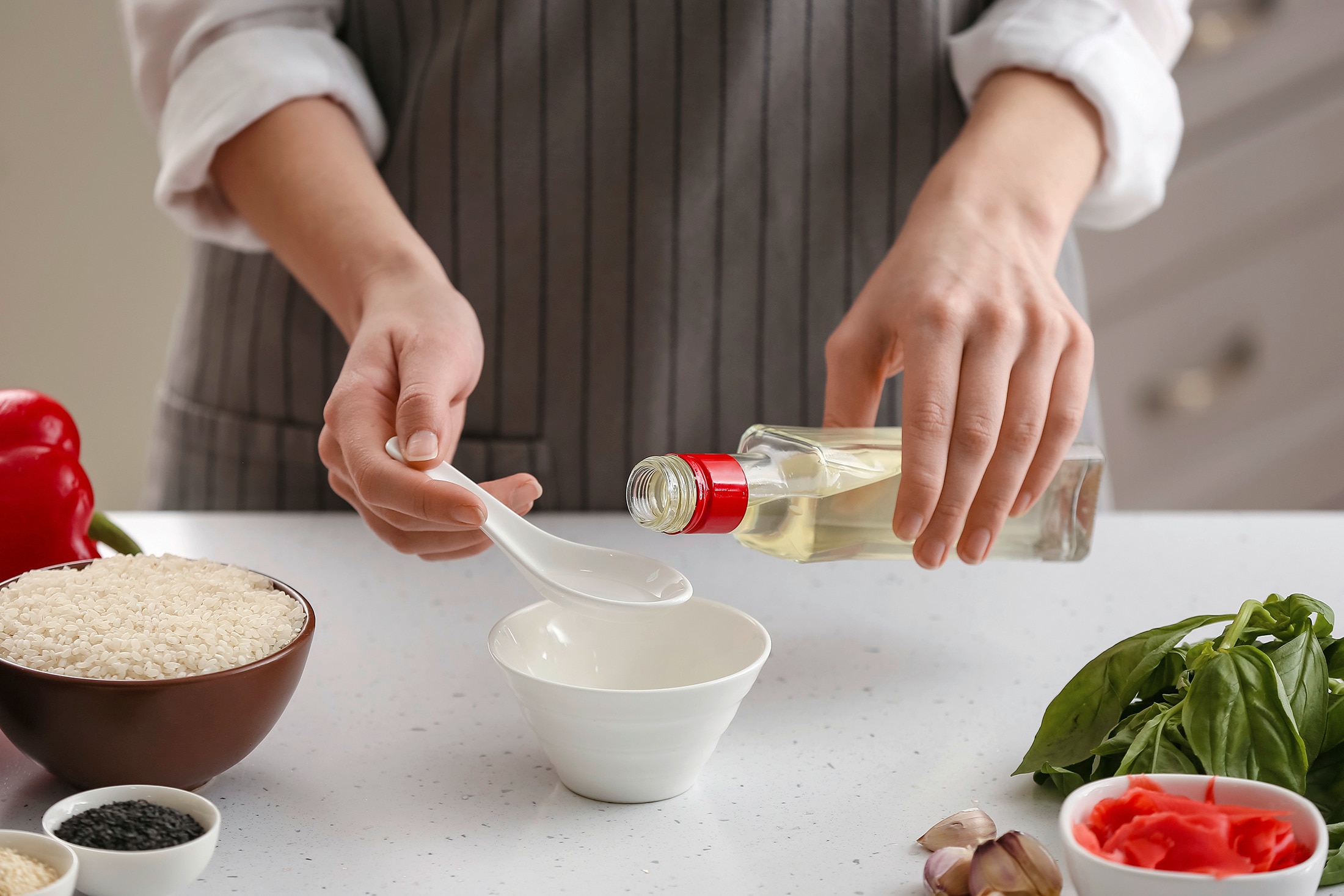
Beyond the classic sauce pairings for samgyumpsal, there are several unconventional options you can dip your meat into. Enhance your KBBQ experience with these three.
1. Kimchi mayo

Any discussion about dipping sauces should include a mayo-based option. In this case, the most obvious choice is kimchi mayo. You may have already tried this in local restaurant chains specializing in Korean fried chicken. To make, combine finely chopped kimchi and Lady’s Choice Real Mayonnaise. Stir until homogenous and resembling Thousand Island dressing.
Optionally, add a glug of sesame oil to tie everything together. Another option is to use gochujang instead of kimchi. In the end, you should have a slightly sweet, ultra-savory, and just-spicy-enough condiment that pairs perfectly with anything crispy and juicy. Have it with fried chicken, french fries, and any sandwich that needs a kick.
2. Korean-style barbecue sauce

This one is also known as bulgogi sauce, which doubles as a marinade for various meat (most commonly beef). Its traditional recipe features soy sauce, sesame oil, garlic, onions, sugar, black pepper, other aromatics, and fruits to tenderize and sweeten. Korean-American food blogger and cookbook author Maangchi recommends crushed Korean (or “Asian”) pear in her version.
Once all your components are together, use the mixture to flavor your meat before cooking, then reduce the excess into a sauce. You can also use this in plant-based options like mushrooms and tofu. Ideally, you should cook bulgogi over charcoal for maximum smokiness. If you’re going for veggie alternatives, consider cooking them on a grill pan to achieve the same effect.
3. Yangnyeom sauce

Have you encountered yangnyeom when ordering Korean fried chicken? The name means “seasoned,” which lets you know you're in for a flavor explosion. Like other Korean sauces, it features soy sauce, garlic, gochugaru, and brown sugar alongside the sticky gochujang.
Most recipes also include ketchup and a type of fruit jam for glossiness. The mixture caramelizes perfectly after frying. While most establishments use yangnyeom for chicken, you can also use it in any ulam. Yangnyeom-coated lechon kawali, anyone?
Are you heading out to your favorite KBBQ restaurant? Or maybe you’ve decided to set up the grill and bring the experience home where it’s extra cozy? Either way, now you know which samgyupsal sauces work for each dish!
Head to your nearest Korean grocery store and stock up on essentials like sesame oil, gochujang, doenjang, and kimchi. Mix and match them to make any of these sauce blends from scratch. Or, make exciting new combos! With the basics covered, learning how to make samgyupsal sauces is a breeze – even without a recipe.
Related Articles
- slide 1
- slide 2
- slide 3
